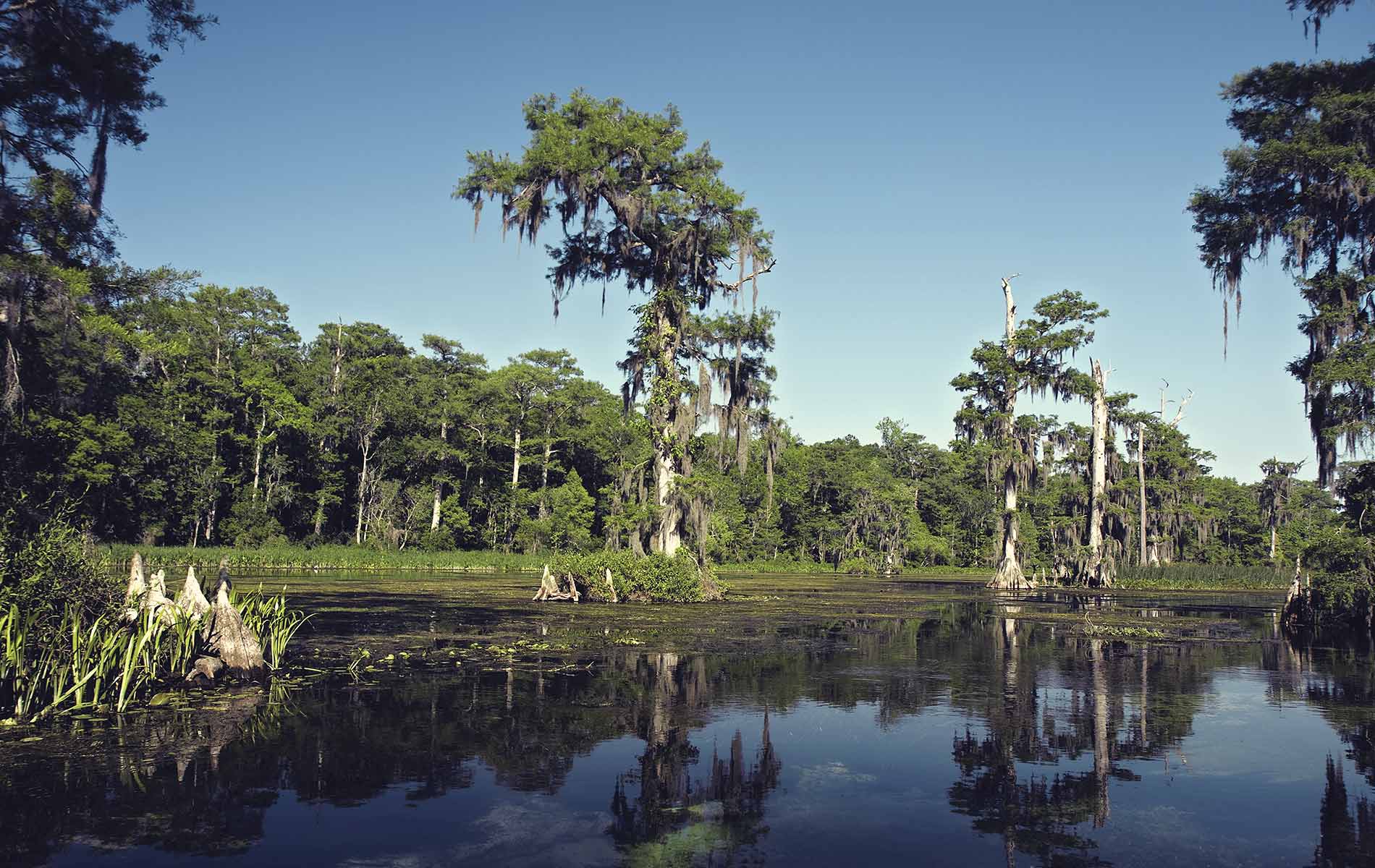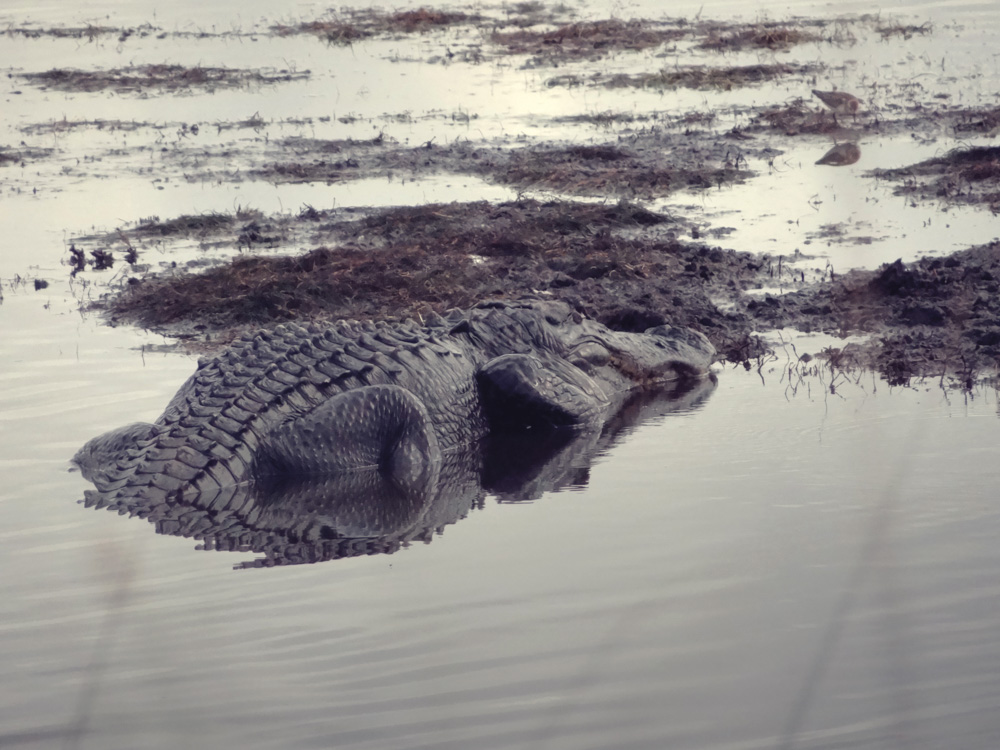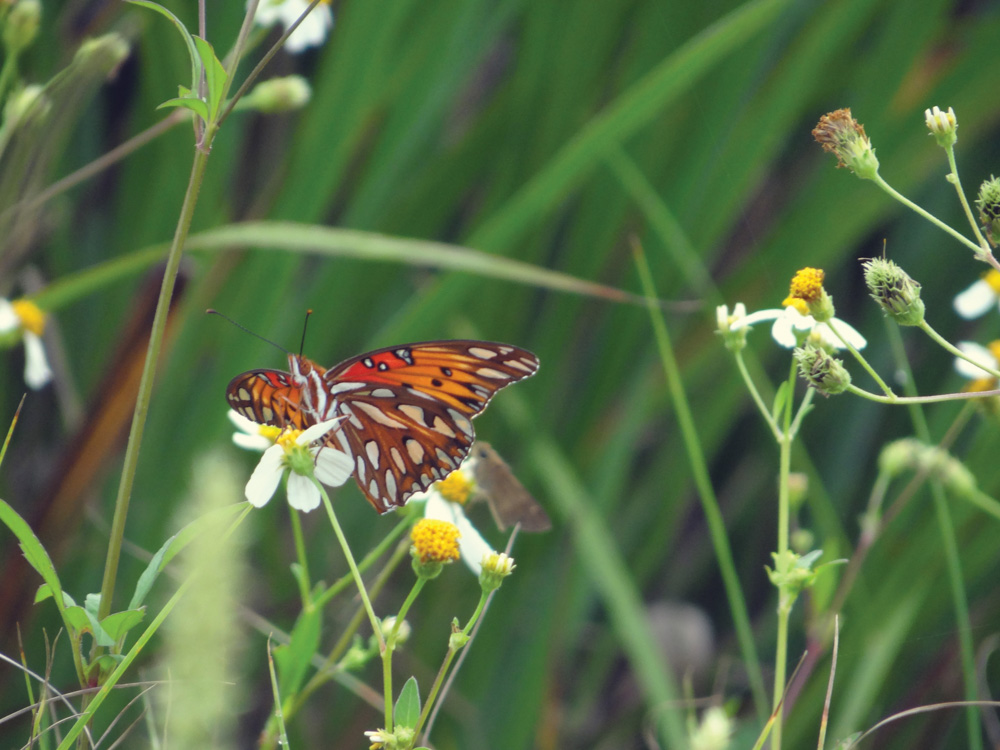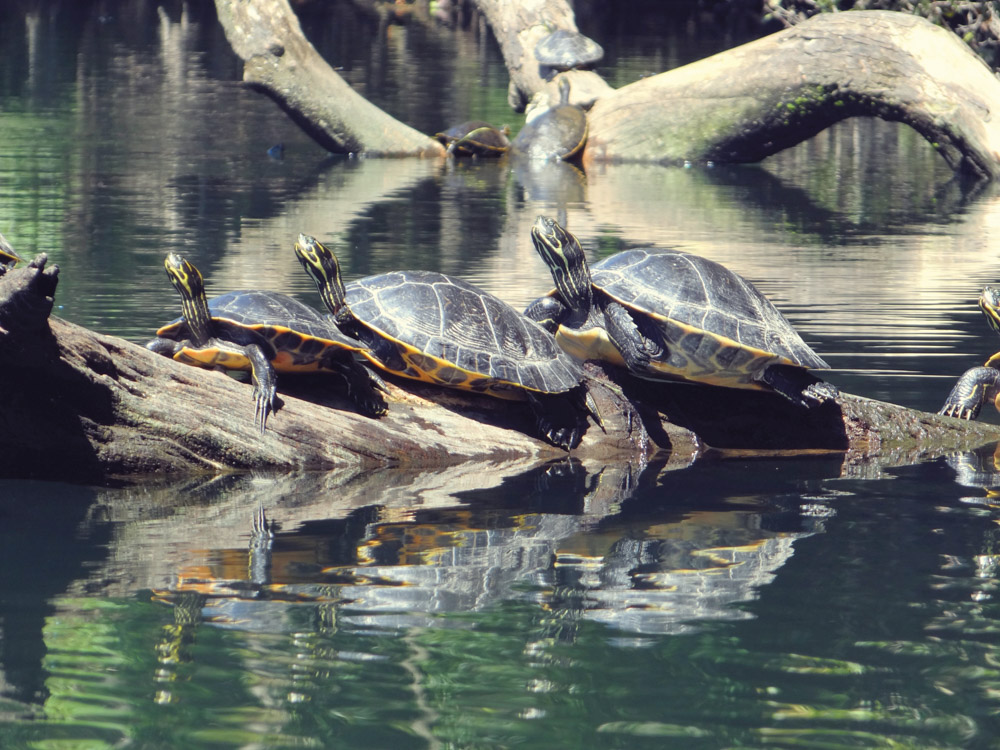
vie-magazine-around-the-bend
Around the Bend
The Wakulla River’s Beauty Exposed
Story and Photography by Kelly Beasley
It’s one of my favorite places to explore in Northwest Florida. In my kayak, I float on top of waters teeming with life. The once crystal clear river meanders quietly. Her banks camouflage countless eyes of birds and other animals observing my presence from afar and scolding me vocally; I am an intruder paddling through their sacred home, their spaces greatly reduced from the actions of my kind. Out of respect, I try to keep a low and quiet profile.
The Wakulla River portrays Old Florida in an almost Jurassic way, with nature and wildlife reigning supreme. Her freshwaters surge from a limestone cave at the basin of Wakulla Springs, located just south of Tallahassee. It is one of the largest and deepest of its kind in the world.

At this place of heaven on Earth, so many treasures await your exploration. One can enjoy a trip down the river by boat or kayak, but submerging your fragile flesh in her depths may be a bit risky. Many creatures lurk there; the resident that triggers a primal fear in most, and which is present in great numbers, is the classic American alligator. These toothy hunters are the rulers of this river, basking on her banks or gliding silently through her waters. However, our fears are often unnecessary. Gator attacks on humans are rare, and the only recorded attack at Wakulla Springs happened in 1987. Wakulla Springs is now a state park with a dedicated area fenced in from the rest of the river so that visitors can swim with the assurance of safety.
West Indian manatees are also prevalent in the river. If you’re lucky, you will likely witness one of these gentle giants pushing its way through the water, propelled by its mammoth tail. Watching a manatee stream through its liquid habitat is calming and rather spiritual. If you are even luckier, one of them may rise to the surface to see what you are all about. I was blessed with just that experience: it was like God was saying “hello” to me through the manatee.
Birds also favor this river’s scenic route. Egrets, ibis, sparrows, herons, cormorants, and more seemed to pose, beckoning me to capture their spirits with my Nikon. Birds of every color complement the greens and browns of the water and of the forest background. Turtles are easily spotted sunning on sandy islands and fallen trees. Venture too close to them and they begrudgingly push off of their perches to splash down into relative safety.
Many creatures lurk there; the resident that triggers a primal fear
in most, and which is present in great numbers, is the
classic American alligator.
Snakes, though they mostly keep out of the water, get cozy in the camouflage of trees and brush. Spider webs are displayed in the trees in staggering numbers and sizes like intricately designed works of art cupped and stretched by the breeze. If you stay out from under the brush along the banks, you won’t run into any eight-legged artists.

Simply put, the Wakulla River is a place to behold. Her waters and wildlife are the centerpieces of her show, and they sing a fascinating and memorable song. Her notes swell when you first experience them and then peak into a refrain of serenity and peace. Yet, there’s a murky secret behind the beauty of her music. If you listen carefully, you will hear a quiet plea. Underneath the calm surface, the river is suffering.
Simply put, the Wakulla River is a place to behold. Her waters and wildlife are the centerpieces of her show, and they sing a fascinating and memorable song.
In the mid-1980s, I attended a camp in the area and we swam at Wakulla Springs. I remember the river as a Garden of Eden. Looking down into her waters was like looking through cellophane at a beautiful landscape on a perfectly clear day. From below, swimmers appeared to be flying in slow motion through midair. But her true clarity has now been obscured by green algae and floating algal blooms, primarily caused by rising levels of nitrogen and other pollutants from septic tanks and lawn fertilizers used within adjacent watersheds. You can no longer see the once easily visible cave opening below the springs or the remains of a mastodon and other fossils lying inside it. It is truly a shame.

The river is crying for help, warning us of our belated response to the effects our society has on nature. Work is being done to create awareness and to pass new laws to help reverse the injury to our natural resources. I hope that in my lifetime I’ll be able to return to the Wakulla River and see her in her former splendor. Hopefully, her song will soon be as glorious as it once was.
— V —
Share This Story!
KEEP UP WITH THE LATEST STORIES FROM VIE



















































































































































